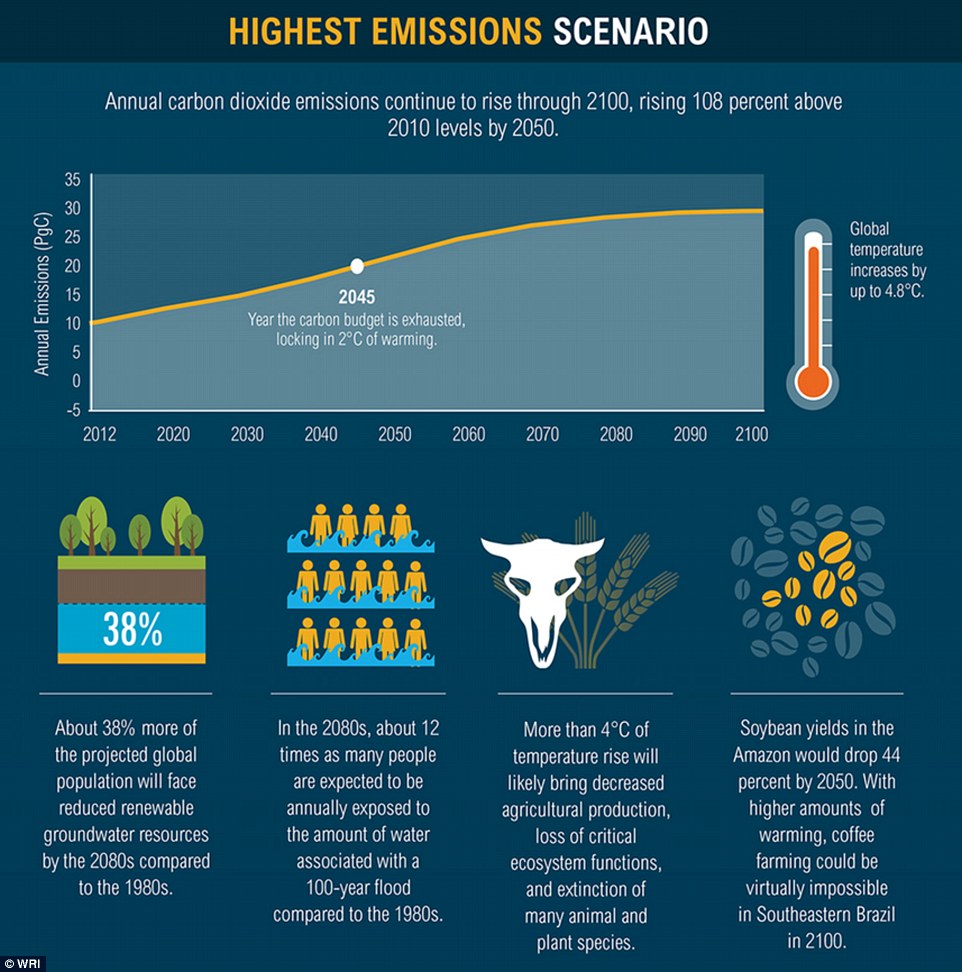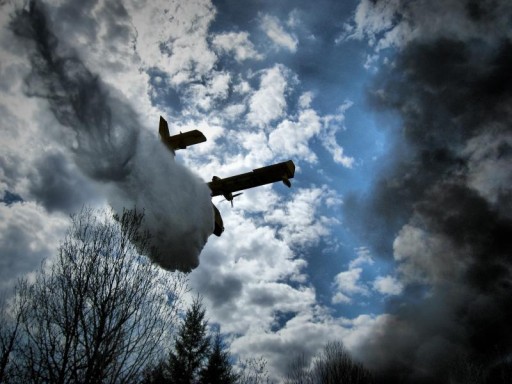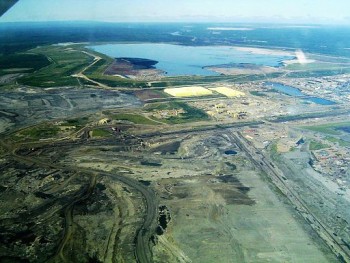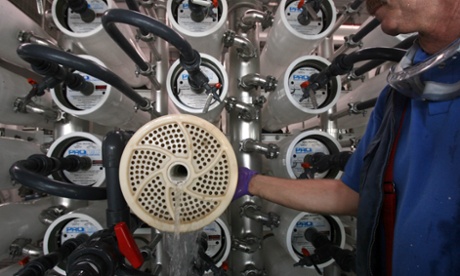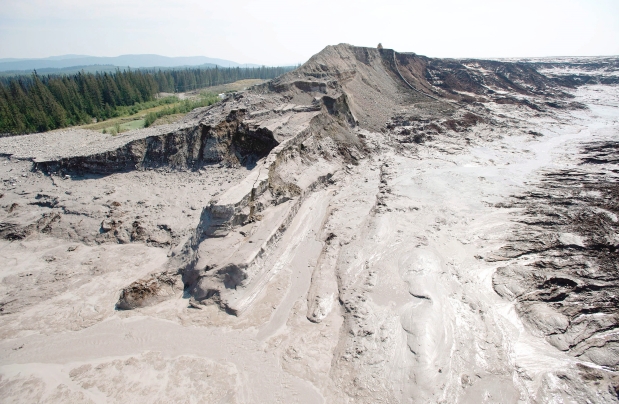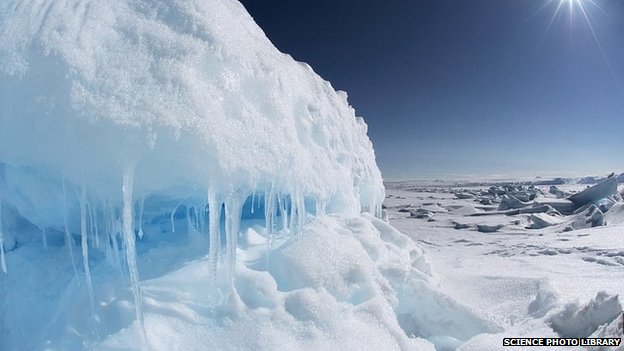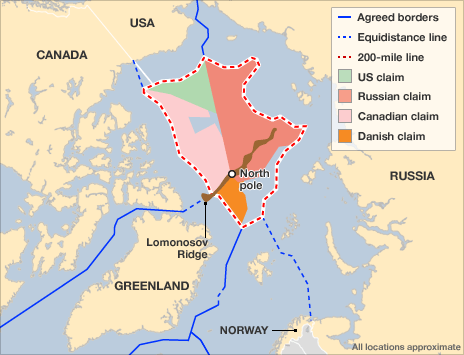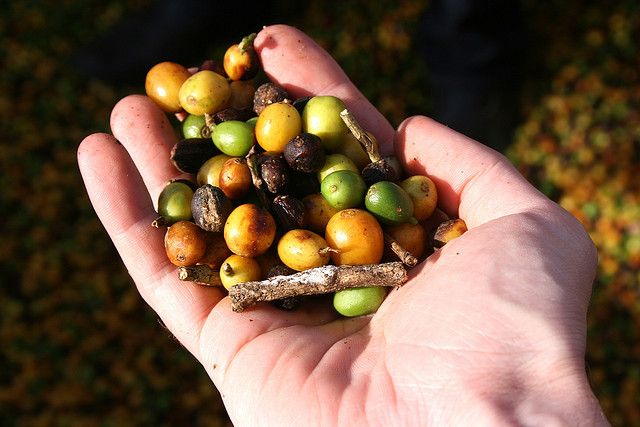
- The infographic was created by the World Resources Institute based on data from this year’s IPCC report
- It shows what the future might hold in terms of temperature rises, rainfall changes and ecosystem damage
- Each of the four pathways also notes the year the world will likely exhaust the remaining carbon budget
- The worst case scenario suggests annual carbon dioxide emissions will continue to rise through 2100
- If this happens, the WRI infographic suggests that the world’s carbon budget will be exhausted by 2045
By ELLIE ZOLFAGHARIFARD reposted from DailMail.co.uk, Aug 7, 2014
It’s not just polar bears years from now that will be affected by climate change, the dangers of a warming Earth are immediate and very human.
This is according the Intergovernmental Panel on Climate Change (IPCC) which said this year that the impact of climate change is ‘widespread and consequential.’
Yet the impact seen in the future still largely depends on the actions countries take to reduce their emissions today, the report said.
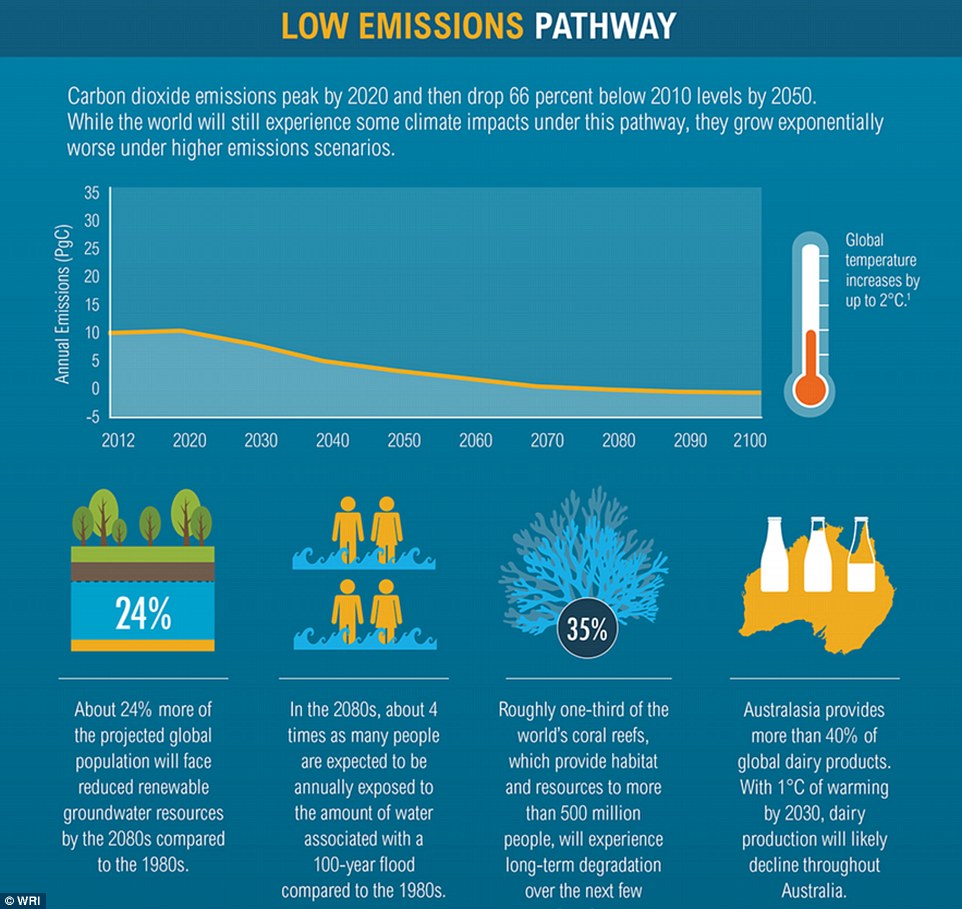
Now, the World Resources Institute has created an infographic, based on IPCC data, that depicts the likely consequences of various emissions pathways.
Alongside each pathway, it shows what the future might hold in terms of climate impacts - ranging from temperature increases to precipitation changes to ecosystem degradation.
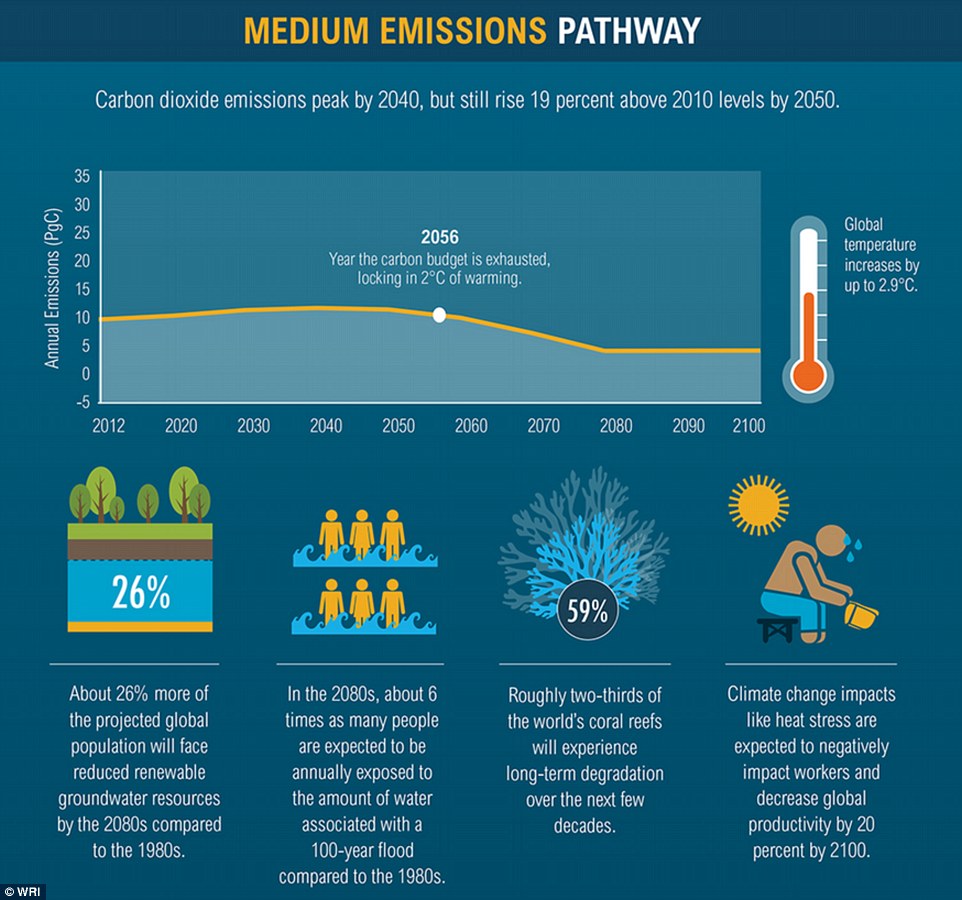
In the low emissions pathway, carbon dioxide output will peak by 2020 and then drop 66 per cent below 2010 levels by 2020.
The world will still face some challenging consequences from climate change. For instance, around 24 per cent more of the projected global population will face reduced renewable water resources by the 2080s compared to the 1980s.
In the 2080s around four times as many people will be exposed to flood water compared with the 1980s.
The medium emissions scenario suggests that carbon dioxide emissions will peak by 2040, but still rise 19 per cent above 2010 levels.
This means roughly two-thirds of the world’s coral reefs will experience long-term damage over the next few decades.
In this scenario, the world’s carbon budget will be exhausted is 2056, compared to 2057 under a high emissions scenario.
With temperature increases of three to four degrees, food security could have an impact so widespread that humans will not be able to adapt.
The worst case scenario suggests annual carbon dioxide emissions will continue to rise through 2100, rising 108 per cent above 2010 levels by 2050.
If this happens, the WRI believes the carbon budget will be exhausted by 2045.
Overall, the IPCC warns that violent conflicts, food shortages and serious infrastructure damage will affect the world if global warming continues at its current pace.
It argues that rising temperatures will exacerbate poverty and damage land and marine species.
It also claims that the world is in ‘an era of man-made climate change’ and has already seen impacts of global warming on every continent and across the oceans.
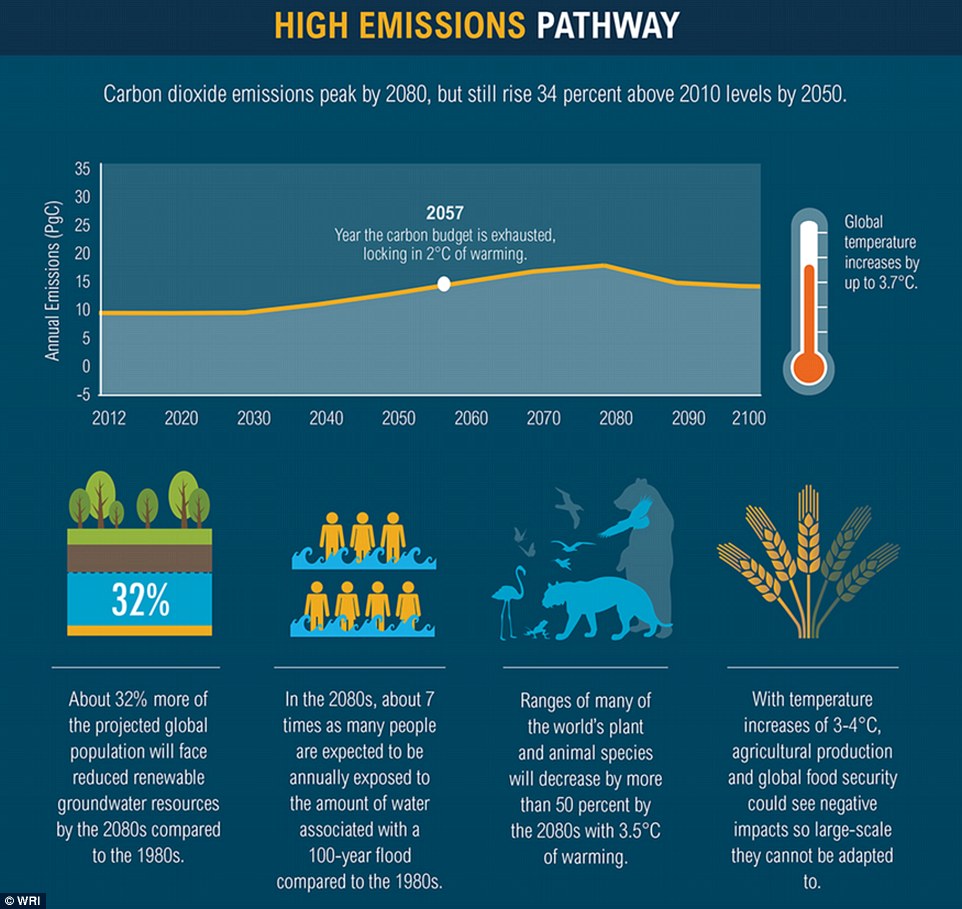
Most of the flood damage can be avoided by measures such as flood defences, but the costs of increasing protection will be high.
There will also be a reduction in water availability from rivers and groundwater, while increased heat waves will damage human health and quality of life, crop production, increase air pollution and the risk of wildfires in southern Europe and parts of Russia.
Professor Corinne Le Quere, director of the Tyndall Centre for Climate Change Research at University of East Anglia said: ‘We need rapid and substantial cuts in carbon emissions and a move away from burning fossil fuels if we are to limit global climate change below two degrees and mitigate these impacts.’
‘The bottom line is that it’s still possible to limit global temperature rise to 2°C, preventing some of the more disastrous consequences of climate change,’ said the WRI.
